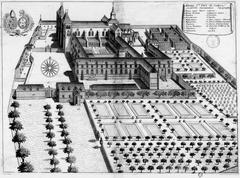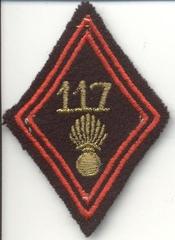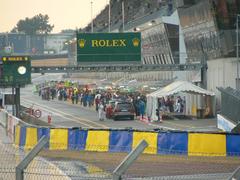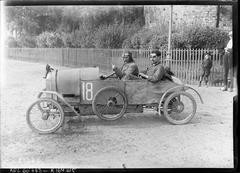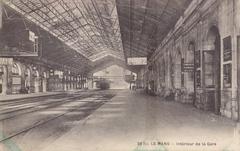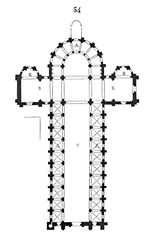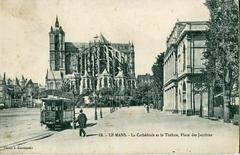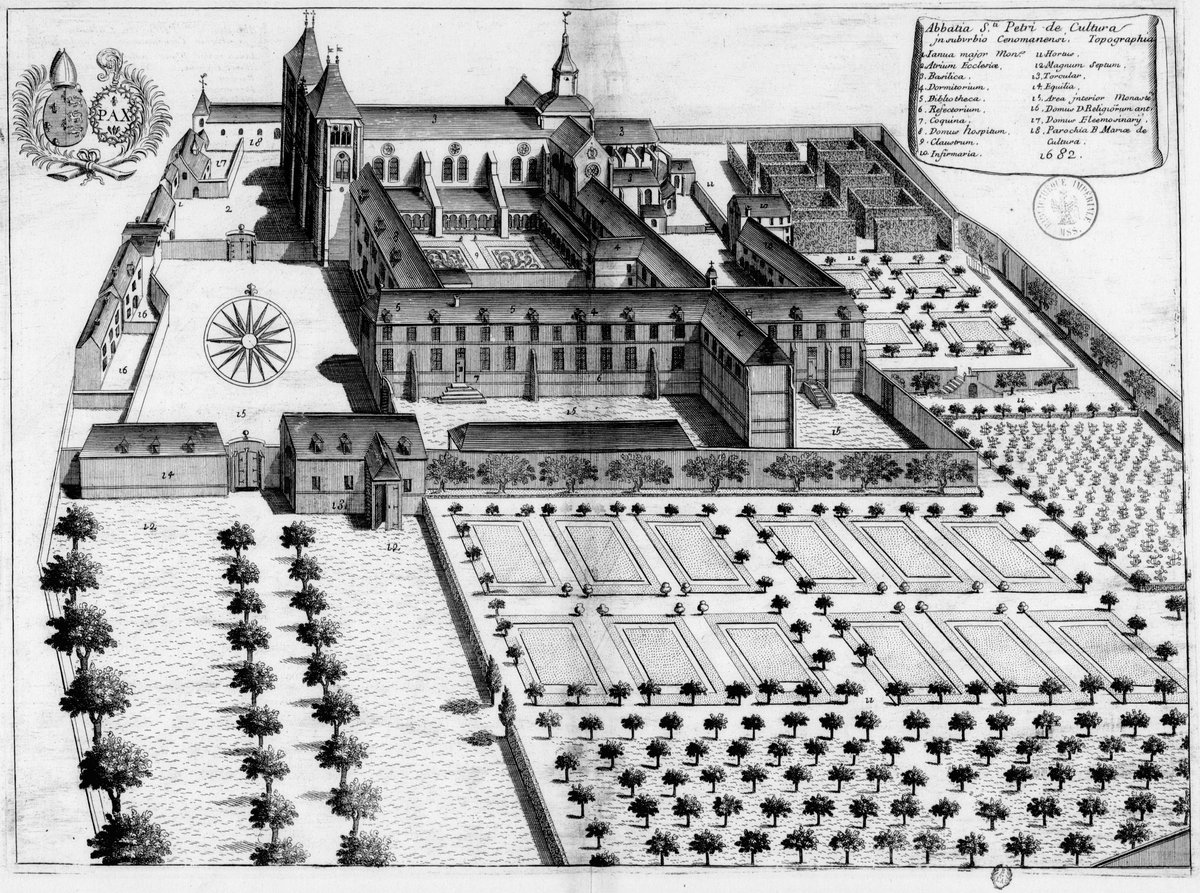
Saint-Pierre de la Couture Abbey Le Mans – Visiting Hours, Tickets, and Visitor Guide
Date: 15/06/2025
Introduction
Nestled in the heart of Le Mans, Saint-Pierre de la Couture Abbey—also known as Église Notre-Dame de la Couture—is a living monument to over a millennium of religious, architectural, and cultural history. Founded in the late 6th or early 7th century by Saint Bertrand, this remarkable site has survived destruction, rebirth, and artistic renewal, emerging today as a highlight of Le Mans’ historical and spiritual landscape. Its blend of Romanesque solidity and Gothic grace, enriched by artistic treasures like Germain Pilon’s Renaissance sculptures and vibrant stained glass, makes it an essential stop for history lovers, pilgrims, and curious travelers alike.
This comprehensive guide brings together key historical context, architectural highlights, practical visiting information—including hours and tickets—travel tips, and recommendations for exploring nearby attractions. Whether you’re planning your first visit or seeking deeper insight into this extraordinary abbey, you’ll find all you need for a rewarding experience. (Abbaye Couture, Sarthe Tourisme, Wikipedia)
Table of Contents
- History of Saint-Pierre de la Couture Abbey
- Architectural and Artistic Features
- Visiting Information: Hours, Tickets, and Accessibility
- Highlights and Practical Tips
- Nearby Attractions
- Frequently Asked Questions (FAQ)
- Contact Information
- Final Recommendations and Summary
- References
History of Saint-Pierre de la Couture Abbey
Early Foundations (6th–10th Centuries)
The abbey was established in the late 6th or early 7th century by Saint Bertrand, bishop of Le Mans, just outside the city’s ancient walls. Its name, “Couture,” derives from the Latin cultura, referencing the cultivated lands surrounding the site. Originally dedicated to Saints Peter and Paul, the abbey flourished through generous donations and landholdings, even extending its reach into England.
Medieval Growth and Influence (10th–15th Centuries)
After destruction during the Norman invasions, the abbey was refounded around 990 under Count Hugues I of Maine. This ushered in a golden age, with economic privileges, extensive landholdings, and the founding of notable priories like Solesmes Abbey. The community’s influence was such that its abbots were frequently elevated to bishoprics. The abbey, however, also endured conflict and hardship during the Hundred Years’ War and periods of English occupation.
Architectural Flourishing and Artistic Heritage
The current church—Notre-Dame de la Couture—dates primarily from the 12th century, representing a transition from Romanesque to Gothic architectural styles. Distinguished features include carved modillons, a marble Virgin and Child by Germain Pilon, and a crypt with unique capitals.
Early Modern Era and Revolution (16th–18th Centuries)
The abbey suffered during the Wars of Religion, including a sacking by Huguenots in 1562. In the 17th century, the Congregation of Saint-Maur initiated reforms, restoring discipline and rebuilding key structures. The French Revolution led to the dissolution of the monastic community and the repurposing of the abbey for governmental use. The church was restored to religious use in 1801.
Modern Preservation
Classified as a Monument Historique since 1840, the abbey remains both a center for parish worship and a cherished heritage site, benefitting from ongoing conservation and community engagement.
(Wikipedia, Abbaye Couture, Sarthe Tourisme)
Architectural and Artistic Features
Romanesque and Gothic Elements
Saint-Pierre de la Couture Abbey is a textbook example of the transition from Romanesque to Gothic. The earliest sections—nave and lower choir—feature thick stone walls, rounded arches, and small windows, typical of Romanesque solidity and stability. Barrel vaults and semi-circular arches define the spatial rhythm.
Gothic modifications in the 12th and 13th centuries introduced pointed arches, ribbed vaults, and larger windows, particularly in the choir and transept. Modest flying buttresses allow for the sizable stained-glass windows that fill the interior with colored light.
Sculptural and Artistic Treasures
The abbey’s main portal and columns are adorned with sculptures—biblical scenes, saints, and symbolic motifs abound. Capitals display acanthus leaves, fantastic creatures, and allegories of virtues and vices. The porch’s tympanum depicts the Last Judgment, while inside, Germain Pilon’s 16th-century marble Virgin and Child and statues of Saint Peter and Saint Paul highlight the artistic mastery on display.
Stained-glass windows from the 13th to 15th centuries present vibrant colors and narrative richness. The rose window in the south transept is a masterpiece of medieval glasswork (Wanderlog).
Fragments of medieval wall paintings and 15th-century choir stalls further enrich the interior, while the crypt’s capitals reveal the skill and imagination of early medieval sculptors.
Structural Innovations
The abbey’s shift from barrel vaulting to ribbed Gothic vaults reflects broader French architectural innovation, allowing for greater height and luminosity. The use of local limestone and carefully engineered flying buttresses attests to the craftsmanship of Le Mans’ medieval masons.
Visiting Information: Hours, Tickets, and Accessibility
Opening Hours
- General Access: Daily, 9:00 AM – 6:00 PM (may vary on holidays and during special events; check the official website for updates).
- Treasury Room (Salle des Trésors): Friday 2:30 PM – 5:30 PM; Saturday 10:00 AM – 12:30 PM (self-guided; no booking required).
Tickets and Admission
- Entrance: Free for all visitors.
- Guided Tours: Offered during heritage days and special cultural events. Group and language-specific tours require advance booking through the parish office or local tourist office.
Accessibility
- The main nave and treasury room are wheelchair accessible. Some areas, such as the crypt and certain chapels, have steps or uneven floors. Contact the church in advance for specific accessibility needs.
Facilities
- Restrooms and French-language informational signage are available. English-speaking staff or guides may be available; translation apps are recommended for non-French speakers.
Highlights and Practical Tips
Must-See Features
- Nave: Romanesque architecture with harmonious proportions and ornamentation.
- Crypt: Early medieval capitals, a testament to the abbey’s deep history.
- Façade and Towers: 13th- and 14th-century Gothic towers, with an unfinished aspect that tells of changing fortunes.
- Germain Pilon Sculptures: Rare Renaissance works in marble.
- Stained Glass: 13th–15th centuries, plus the influential 19th-century “archaeological” window, marking Le Mans’ role in glassmaking revival.
Visitor Tips
- Dress Code: Modest attire is recommended; cover shoulders and knees, especially during services.
- Photography: Permitted without flash in public areas; restrictions may apply in the crypt or during services.
- Quiet Hours: Silence is requested during Mass and private prayer.
- Events: Concerts, exhibitions, and religious celebrations are occasionally held; check local listings.
- Best Times: Early mornings or late afternoons offer the most tranquil experience.
Safety and Etiquette
Le Mans is generally safe, but keep personal belongings secure. The abbey is a place of worship—maintain respectful behavior at all times.
Nearby Attractions
- Cathédrale Saint-Julien: A Gothic masterpiece just a short walk away.
- Cité Plantagenêt (Old Town): Medieval streets, timber-framed houses, and the Gallo-Roman walls.
- Musée Jean-Claude Boulard Carré Plantagenêt: Archaeology and regional history.
- Musée de Tessé: Fine arts museum with diverse collections.
- Local Cuisine: Try Le Mans’ famed rillettes at nearby bistros or markets.
Frequently Asked Questions (FAQ)
Q: Is there an entrance fee?
A: No, admission is free.
Q: What are the opening hours?
A: Generally 9:00 AM to 6:00 PM daily; the Treasury Room has limited hours.
Q: Is the abbey accessible for visitors with disabilities?
A: Yes, main areas are accessible; check ahead for specific needs.
Q: Are guided tours available?
A: Yes, during select times and by advance arrangement.
Q: Can I take photographs?
A: Yes, non-flash photography is allowed in public areas.
Q: Where can I park?
A: Public parking is available at Place de la République and Jacobins garages, both within a 10-minute walk.
Contact Information
- Address: Place Aristide Briand, 72000 Le Mans, France
- Phone: +33 (0)2 72 88 18 81
- Official Website: Sarthe Tourisme – Église Notre-Dame de la Couture
Final Recommendations and Summary
Saint-Pierre de la Couture Abbey stands as one of Le Mans’ most treasured landmarks, embodying centuries of religious devotion, architectural innovation, and cultural heritage. Its Romanesque and Gothic features, artistic masterpieces, and ongoing spiritual life offer a multi-layered experience to every visitor. With free access, central location, and proximity to other top attractions, the abbey is an ideal starting point for exploring Le Mans’ rich past.
To enrich your visit, download the Audiala app for guided audio tours and event updates, and explore related resources on Le Mans’ historical gems. Whether you are captivated by history, architecture, or faith, the abbey promises a journey through the heart of French heritage.
(Abbaye Couture, Sarthe Tourisme, Wikipedia)
